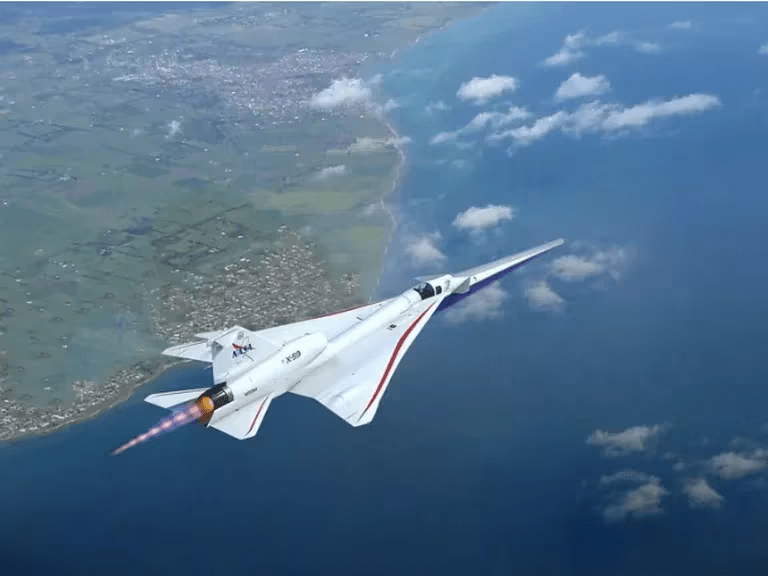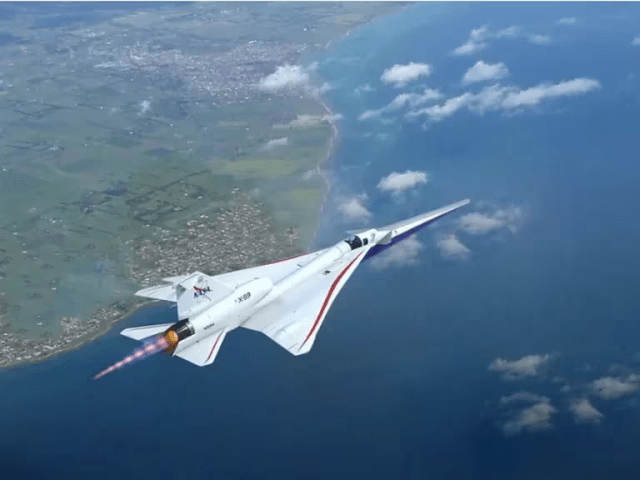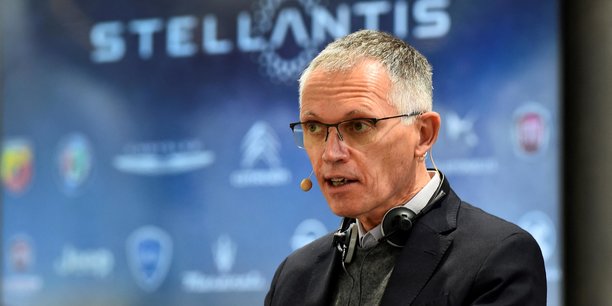NASA will test a supersonic plane capable of flying at speeds in excess of 1,700 km/h without producing sound.


The American space agency, NASA, is gearing up for a milestone in aviation history as it launches its experimental supersonic plane X-59 this Friday. Designed to redefine high-speed flight, it will be tested with the primary objective of assessing whether engineers have succeeded in reducing the noise characteristic of this type of technology.
The test launch will take place this Friday, January 12 at 4 PM ET (2100 UTC, 6 PM Argentina Time, 3 PM Mexico Time) from Palmdale, California.
The plane is 30 meters long and 4.27 meters high, it will be able to reach a cruising altitude of 16,764 meters, it will fly at Mach 1.42, (a measure of relative speed defined as the ratio between the speed of an object. The speed of sound), which is 1,760 kilometers per hour is equivalent. Supersonic flight occurs when a flying object exceeds the sound barrier of 1,234 kilometers per hour or Mach 1.
The makers claim it won’t produce a fearsome sonic boom while flying, but will be something barely audible to people on the ground. It has an external HD vision system to see what is happening in real time, has only one engine placed on top of the tail, and has arrow-shaped wings for easier entry into the atmosphere.
The plane will be tested in populated areas of the United States to test its effectiveness, ensuring that the noise generated is barely audible to the public.
More details in INFOBAE





